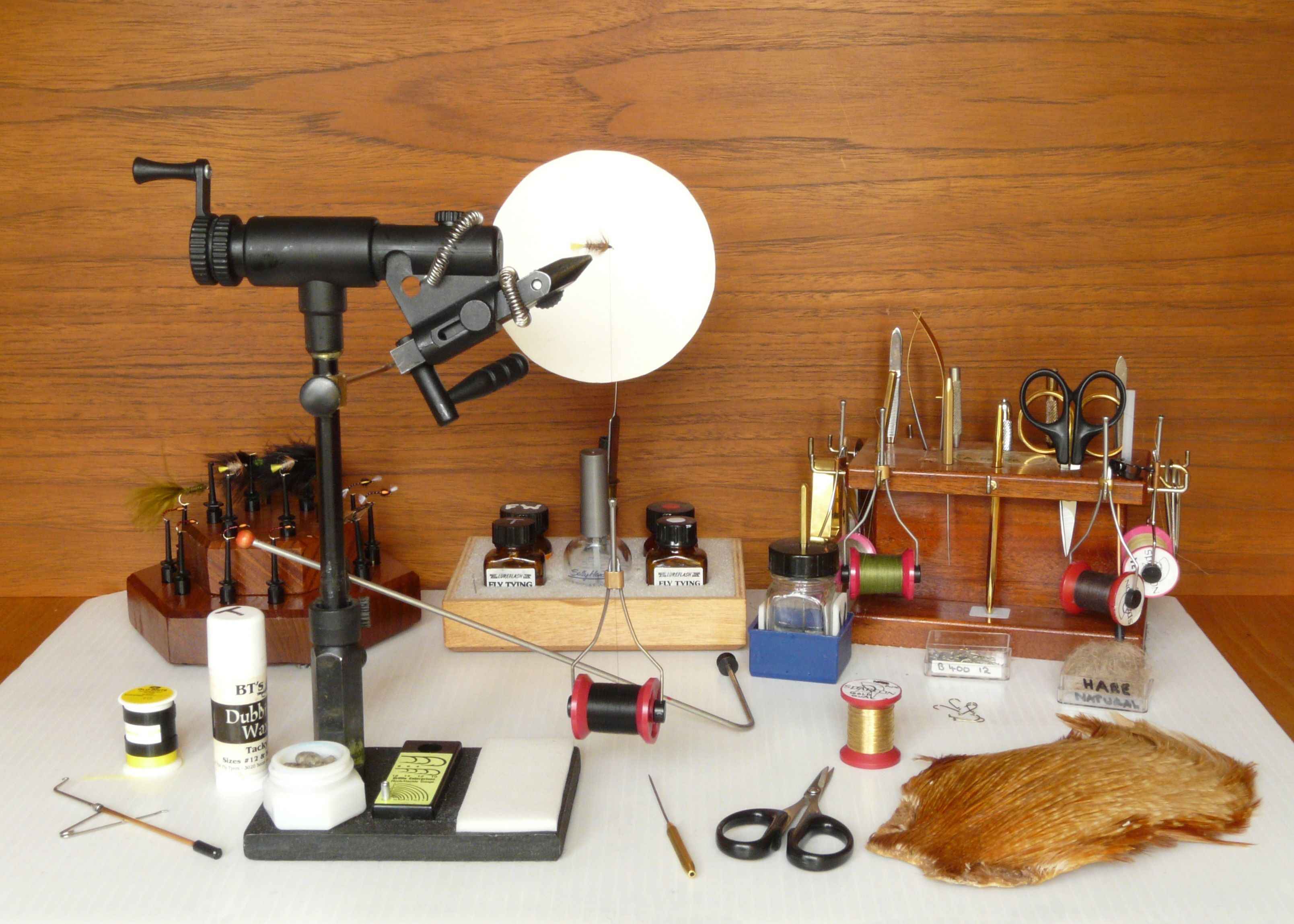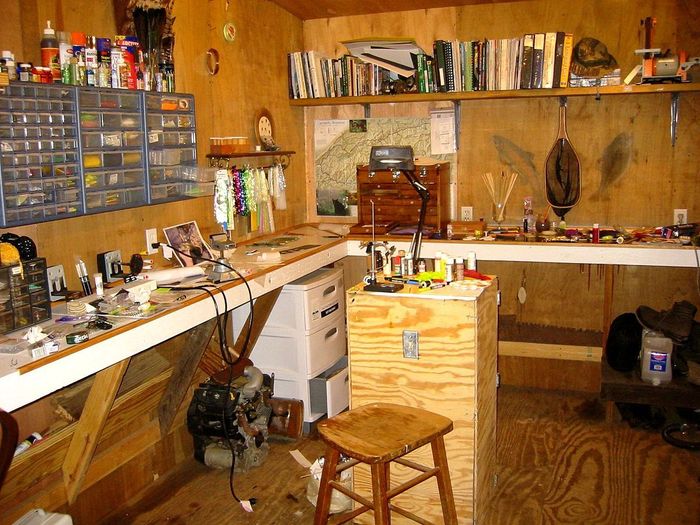What Makes a Fly Tying Kit Expensive? Are They Worth It?
Looking to buy a fly-tying kit? Here's a look at what makes them expensive and if they're really worth your money.

The debate about fly-tying kits can get heated amongst anglers. Some purists argue that the proper way to learn the art of fly-tying is by experiencing first-hand the arduous steps of researching each tool, material, and procedure. Starting from the ground up allows the fly-tier to have intimate knowledge of this craft. On the other hand, some believe that fly-tying may not be for everyone since it requires dexterity and patience, so it may be wise to “try before you tie” by buying a kit. Regardless of what the reputation of fly-tying kits might be, some of them can fetch a premium price on the market, and a beginner may wonder if they are worth it. Let’s take a look at what makes a flying-tying kit expensive and if it’s a product that merits its price.
Quality of Materials

One obvious reason why some fly-tying kits are expensive is the quality of the tools and materials. Often, the addition of a vise is the main cause for a fly-tying kit's price to increase. However, companies try to balance this out to keep the price competitive by either reducing the build quality or limiting the tools and materials diversity. One thing to note is that the vise that comes included with fly tying kits is usually not as stable or durable as purchasing independently from a third party.

Tools-only kits can be equally expensive even without a vise. The higher quality tools such as the scissors or whip-finish are often marketed for intermediate or expert fly tiers. These items are often constructed from stainless steel or equally durable material that will last for a long time and perform at a higher standard.
If you’re resourceful and take the time to research products and prices, you will save money by purchasing each tool and material separately in the long run. The quality and durability of fly-tying kits often merit upgrades or need to be replaced eventually. For anglers who have decided to dedicate themselves to this craft, purchasing materials separately will take more effort but may reduce the total amount spent by a significant amount.
Completeness

Almost any product that offers an all-in-one solution to anything is more expensive than sourcing every single material yourself. Essentially, you’re paying for the time, knowledge, and skill that it took to select and create the kit. While those who assemble the kits narrow them down to the main essentials, you’re intrinsically paying for the convenience of tying flies right out of the box. This is similar to dining out in a restaurant where you tip or pay extra for the service charge. You’re not just paying for your meal, but the service that came with it because you did not want to research a recipe, buy ingredients, and cook the meal yourself.
Alternatively, you pay for the organization feature in a kit, if it has any. Having caddies or compartments is useful to keep your materials neat and tidy. If the kit includes a case, it provides the convenience of bringing it wherever you go. Some beginners may prefer this feature because they may not have a dedicated station to work on their flies.
Customization
There are fly tying kits that allow you to customize some of the tools and/or materials included with your kit. This is useful for the intermediate fly tier graduating from their basic toolset and want to upgrade, or the expert that knows exactly what they want. These customized fly-tying kits are priced at a premium because, unlike complete all-in-one kits, this is tailored to fit your needs. You’re paying for the convenience of a third party arranging all the materials and tools for you in a ready-made kit.

Why Do You Tie?
If you perceive fly fishing as a passion project or something that relaxes you and provides you a sense of fulfillment, then pursuing fly-tying is worth any expense. Whether you’re purchasing a kit or buying your materials individually, the satisfaction and happiness you gain when indulging in your passions are of no consequence.
Tying your flies gives you the benefit of having a fly that nobody else is selling. If you think that store-bought flies aren’t able to give you what you need for the fish you’re targeting or the waters you’re fishing in, then making your own patterns is the way to go.
One important thing to remember is that not every fly angler is an avid fly tier, and tying your flies doesn’t automatically make you a better angler.
A Final Word
Fly-tying kits are convenient because they provide users with the immediate opportunity to start tying regardless of experience. Entry-level kits are perfect for beginners to determine if this is something that they want to pursue. Some may be so sure that they are willing to spend premium prices for higher quality materials. With the cost of purchasing materials and tools separately rising, the difference between customizing your kit or purchasing a ready-made one may not have a huge difference. What makes a kit expensive is that a beginner is paying for the convenience of having everything ready to help them learn and start tying right out of the box.




